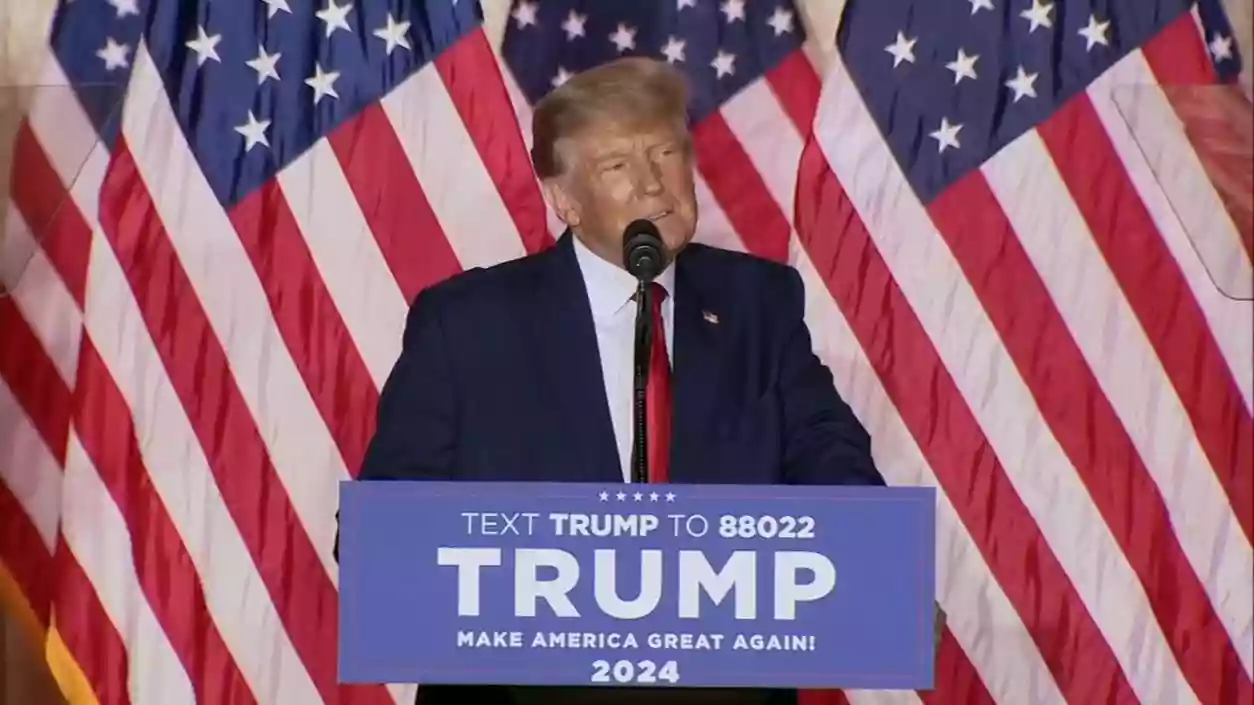South Bengal gets new rail connectivity: Purulia-Bankura-Howrah MEMU service inaugurated today
.gif)
.gif)

Donald Trump has officially won Arizona in the 2024 U.S. Presidential Election, securing 11 electoral votes. This victory completes his sweep of seven key battleground states, finalizing his total at 312 electoral votes—well above the 270 needed to claim victory. With Arizona’s electoral votes added to his tally, Trump now leads Vice President Kamala Harris, who remains at 226 electoral votes. Arizona, a state that was narrowly won by Joe Biden in 2020, has swung back into the Republican column, making this victory particularly significant.
Trump's win in Arizona adds to his victories in six other pivotal states: Nevada, Wisconsin, Michigan, Pennsylvania, North Carolina, and Georgia. These states had been expected to be closely contested, but Trump’s performance has solidified his dominance across the electoral map. Arizona, which was a battleground state in 2020, saw a marked shift as Trump gained a substantial lead with approximately 185,000 votes, putting the race beyond Harris’s reach. This is a clear indication of how much the state has returned to Republican favor in 2024.
The electoral outcome reflects a strong backing for Trump among key voter demographics, including white working-class voters, Hispanic communities, and conservatives. Trump's performance in these swing states highlights a broadening of his support base, with higher turnout from traditionally conservative voters, particularly in Arizona. This demographic shift has played a crucial role in his ability to flip battleground states back to the Republican column. His popular vote margin stands at around four million, reinforcing his strong position in the overall election.
Trump’s victories in these seven states contribute not only to his presidential win but also to the Republican Party regaining control of the Senate. The GOP has also secured a slim majority in the House, which will influence the legislative agenda for the next few years. This shift towards a Republican-controlled Congress signals the possibility of significant policy changes under Trump’s leadership, including tax cuts, trade tariffs, and immigration reform. These policies were central to Trump’s campaign and are expected to be focal points of his administration once he takes office.
As Trump prepares for his second term, the transition process is already underway. Biden has confirmed that he will attend Trump’s inauguration in January, continuing the tradition of outgoing presidents attending their successors’ swearing-in ceremony. In the meantime, Trump is working on assembling his new administration, with several key roles up for grabs. While he has ruled out reappointing former officials like Mike Pompeo and Nikki Haley, he is considering new candidates, including Ric Grenell and Florida Senator Marco Rubio, for prominent positions. Trump’s victory marks his return to the White House after a tumultuous period following the 2020 election.